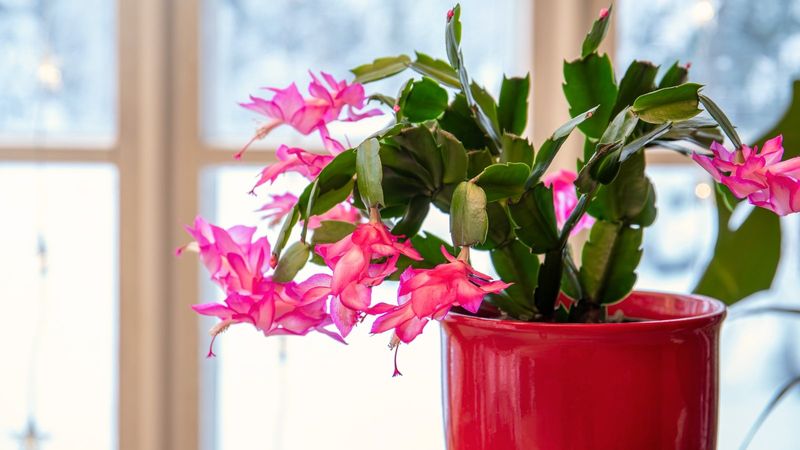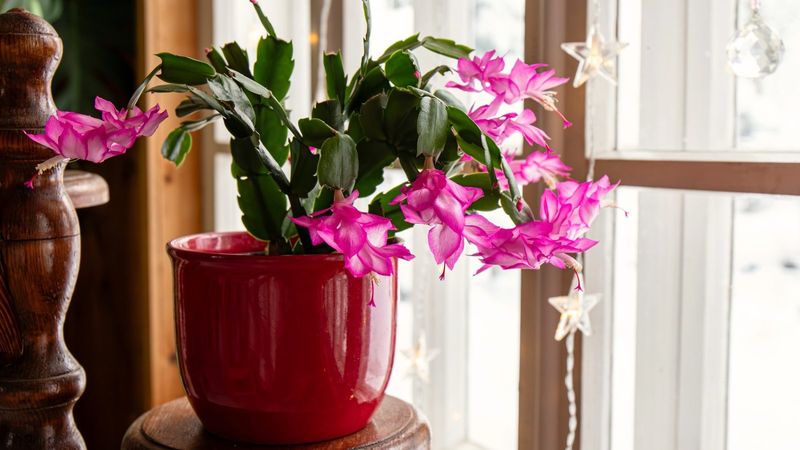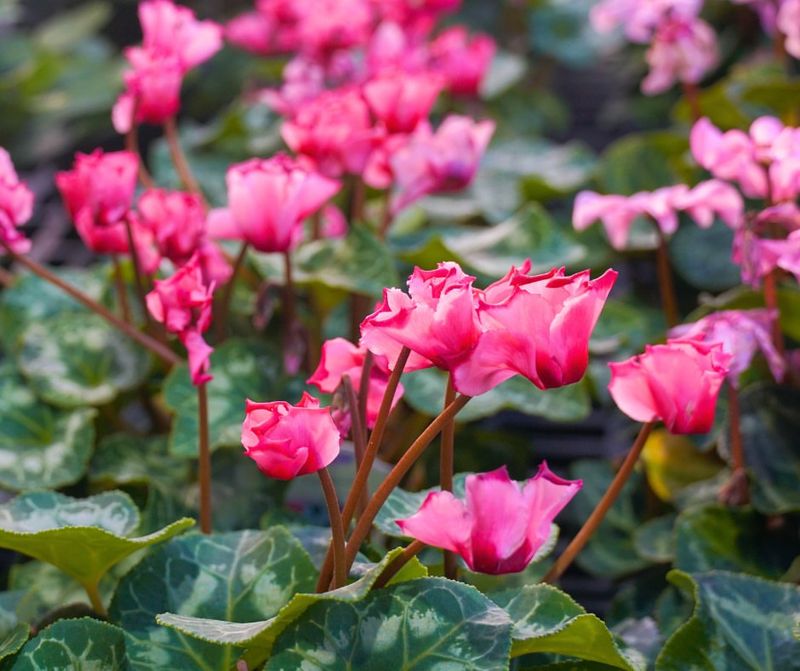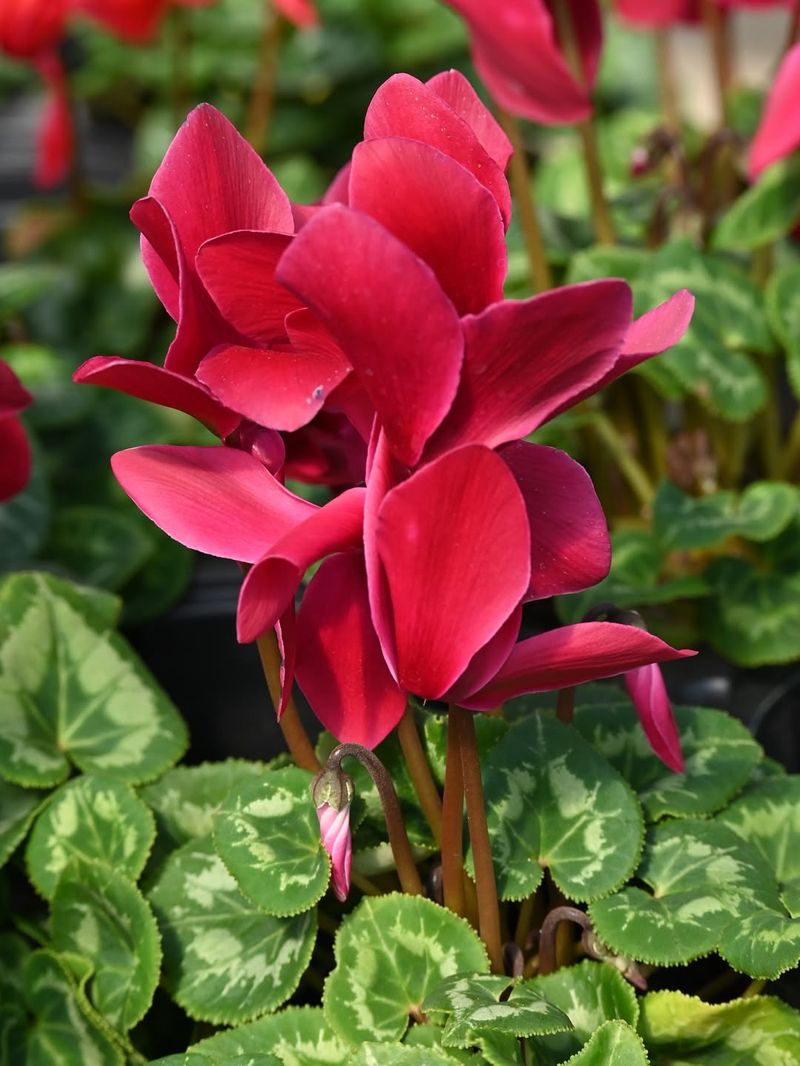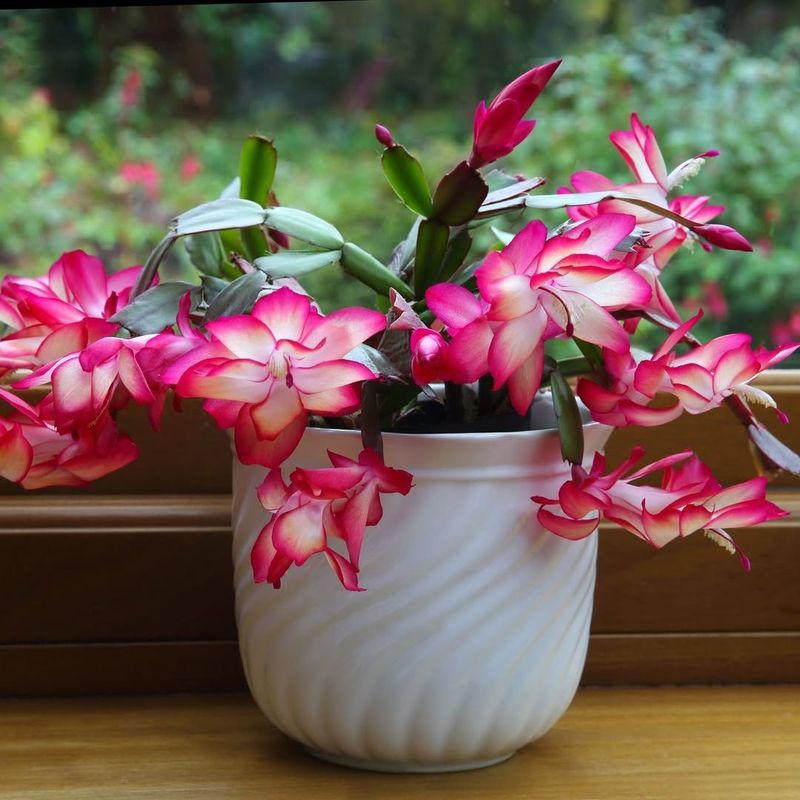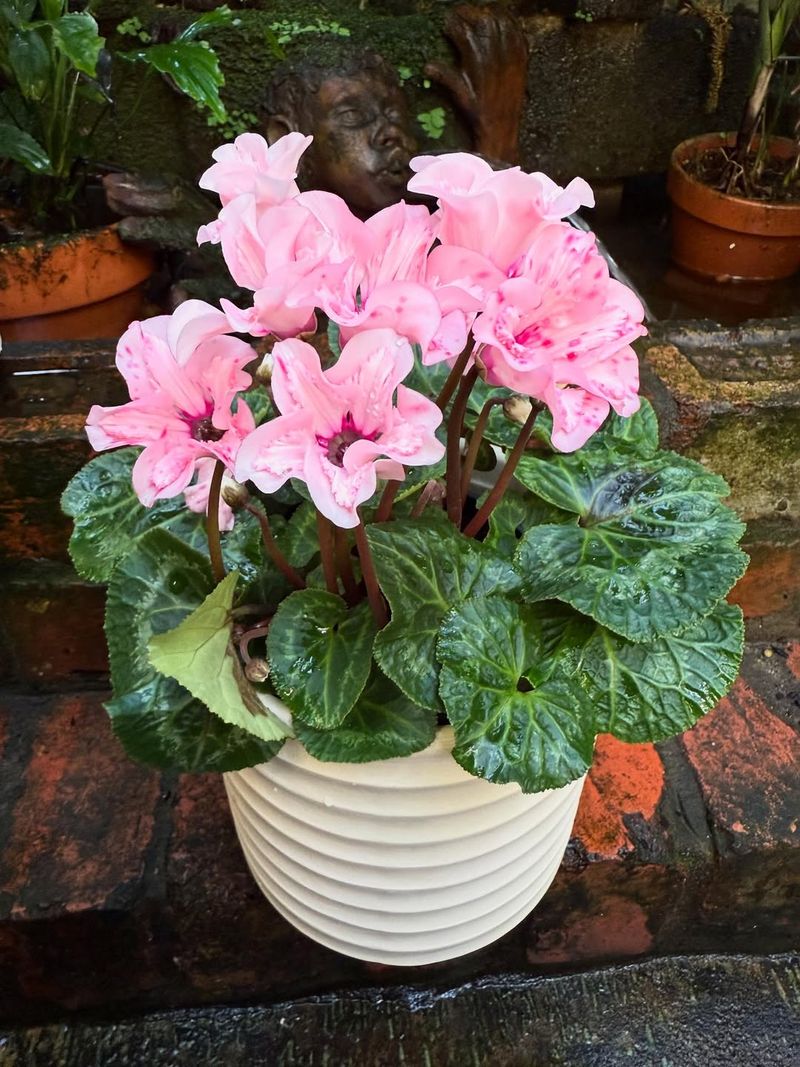On the shortest day of the year, Vermont may be deep in winter’s grip, but cyclamen and Christmas cactus hit their stride.
These tough beauties don’t flinch at the cold or dim light; they rise to the occasion and turn dark days into a burst of color.
While most plants lie low, they lean in and put on a show, proving they shine brightest when the sun is in short supply.
For Vermonters craving a little life and sparkle in midwinter, these two houseplant stars carry the torch and keep spirits high.
Photoperiod Triggers Natural Blooming Cycles
Plants possess an internal biological clock that responds to daylight duration.
Cyclamen and Christmas cactus are classified as short-day plants, meaning they need longer periods of darkness to trigger flowering.
When December arrives in Vermont, nights stretch to their maximum length.
This darkness signals these plants that conditions are perfect for reproduction.
Your indoor plants sense this natural rhythm even through windows, activating their blooming mechanism right on schedule during the winter solstice.
Cold Night Temperatures Mimic Native Habitats
Cool evening temperatures between 50-60 degrees Fahrenheit create ideal conditions for bud formation.
Both plants originally come from regions where winters bring cooler nights but not freezing conditions.
Vermont homes often get chillier near windows during December nights.
This temperature drop mimics their ancestral environments perfectly.
The combination of warm days and cool nights tricks these plants into thinking they’re back home, encouraging spectacular flower displays throughout the darkest season.
Reduced Watering Stresses Plants Into Flowering
Slight drought conditions during fall months actually benefit these winter bloomers.
When plants experience mild water stress, they shift energy from growing leaves to producing flowers and seeds.
Vermont gardeners who reduce watering frequency in autumn unknowingly prepare their plants for December blooms.
This natural stress response ensures survival through reproduction.
By the solstice, buds have already formed and burst open magnificently, rewarding patient plant owners with vibrant colors during the bleakest days.
Artificial Light Interference Gets Eliminated
Many houseplants fail to bloom because indoor lighting confuses their natural cycles.
Even small amounts of artificial light during dark hours can prevent bud formation in short-day plants.
During Vermont’s longest nights, families often spend evenings in central rooms, leaving plant areas darker.
This accidental light discipline allows proper darkness exposure.
Without interference from lamps and screens, cyclamen and Christmas cactus finally receive the uninterrupted darkness they desperately need for flowering success each December.
Humidity Levels Rise From Indoor Heating
Winter heating systems create drier air, but Vermont homes often compensate with humidifiers or natural moisture from cooking and breathing.
Both cyclamen and Christmas cactus appreciate moderate humidity levels between 40-60 percent.
These conditions happen to align perfectly with comfortable human living spaces during winter months.
When humidity stays consistent, flower buds develop properly without drying out or rotting.
The result is healthy, long-lasting blooms that brighten the darkest weeks of winter beautifully.
Nutrient Accumulation Reaches Peak Levels
Throughout spring and summer, these plants store energy and nutrients in their roots and stems.
By late autumn, they’ve accumulated maximum reserves needed for flower production.
Gardeners who fertilize lightly during growing months provide building blocks for December’s spectacular show.
The winter solstice marks when stored nutrition converts into gorgeous blooms.
Think of it like saving money all year for a special purchase, these plants save resources specifically for their winter flowering extravaganza.
Genetic Programming From Ancestral Origins
Christmas cactus originates from Brazilian rainforests where shorter days occur during their summer months.
Cyclamen comes from Mediterranean regions with mild, wet winters perfect for growth and flowering.
Both plants carry genetic instructions passed down through countless generations.
These biological programs tell them exactly when conditions are right for reproduction.
Vermont’s December environment accidentally recreates their native blooming seasons, causing these plants to respond as if they were back in their ancestral homelands.
Dormancy Period Completion Signals Readiness
After summer’s active growth, both plants naturally enter a semi-dormant phase during fall.
This rest period allows them to reset their internal systems and prepare for flowering.
By the time the winter solstice arrives, they’ve completed this essential dormancy cycle.
Rested and recharged, they channel all available energy into producing spectacular blooms.
Experienced Vermont gardeners recognize this pattern and avoid disturbing plants during autumn, ensuring they’re fully prepared for their magnificent December debut.


